Our Meditation Practices
A Simple Way to Start Your Daily Meditation Practice
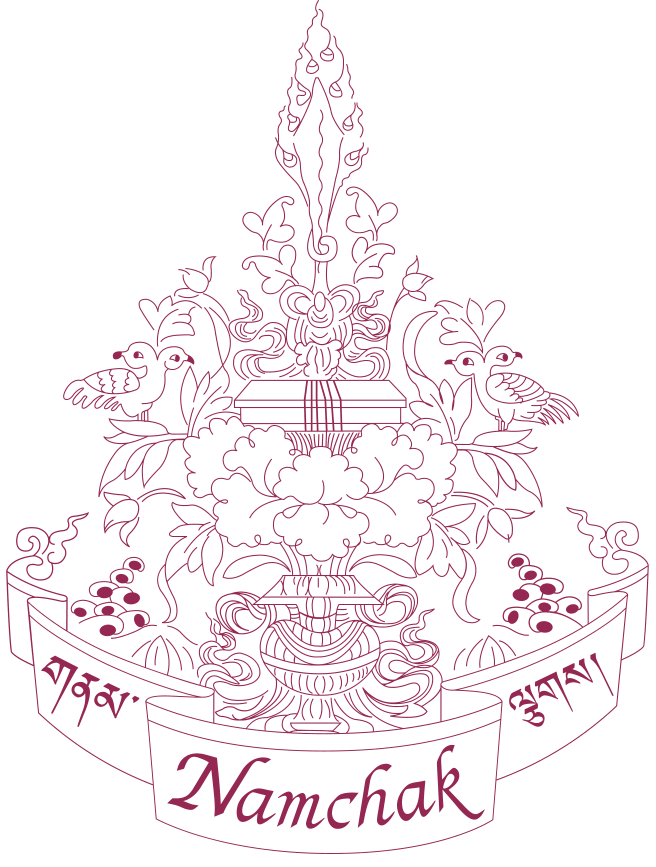
At Namchak our meditation practices are part of the Vajrayana (or Tibetan) Buddhist pathway.
In Tibetan, the word for meditation practice means “to gain experience.” Through a daily practice, we create a very well-crafted experience for ourselves that deeply affects our brains. Through that we slowly begin to transform and create new habits of mind—allowing us to pause a moment before our habitual, knee-jerk reactions, and to be more aware of the present moment instead of constantly drifting into the past or future.
We invite you to begin with three foundational practices found in Buddhism: Shamata (mindfulness), Tonglen (compassion), and Clearing the Stale Energies (breath practice), and then bring these meditations together into Round Robin (bringing it all together), a short sequence that can be practiced daily.
The Namchak lineage begins with the three foundational practices common to all forms of Buddhism: Shamata, or “Calm Abiding”; Tonglen, or “Sending and Receiving”; and “Clearing the Stale Energies,” a pranayama or “breath” practice that helps clear the mind in preparation for meditation.
In contemplative traditions like Tibetan Buddhism, “practice” refers to something we do and experience on a daily basis, that we can use to train our minds—much like through practicing guitar and training our fingers to play complex and beautiful music, over time. In this case we’re training ourselves so that we can calm the waters of our minds … and see to the bottom … our true selves. Then bring it out in the most skillful ways.
To paraphrase Shantideva, an eighth-century Indian Buddhist monk:
The ground can be rough, hard, and painful to walk on. We could cover the entire world with leather to ease the pain or we could wear shoes.
Learn more about these foundational meditation practices below. You can also explore our guided meditations with Lama Tsomo to help get you started with these foundational Tibetan practices. Use our guided meditations for daily mindfulness meditation practice and to help jump start your practice, bring practices together in one session, and alternative ways to support your meditation, such as using sound to focus your mind.
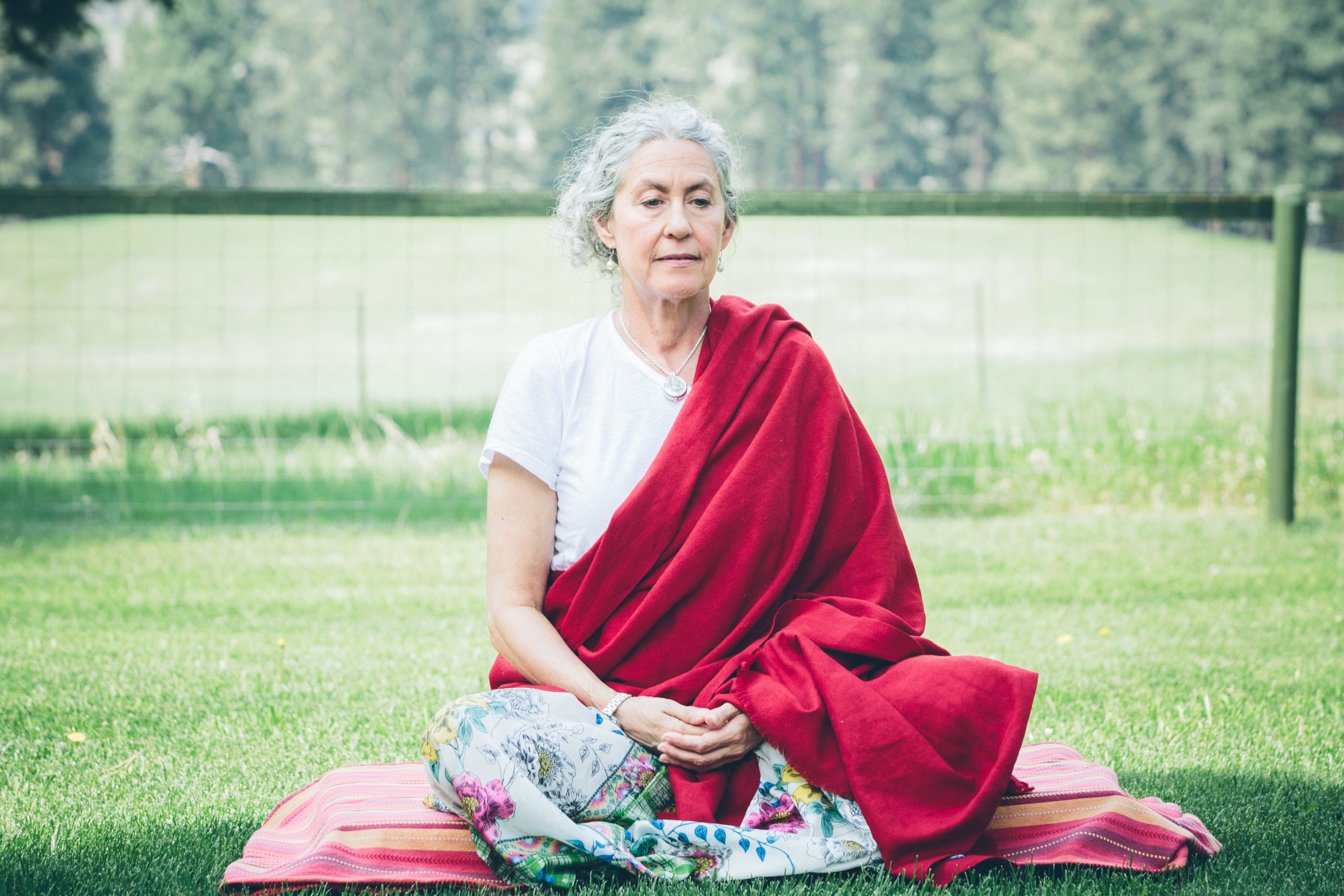
Shamata Meditation Practice
On the Buddhist path, Calm Abiding or Shamata, serves as the foundation for all other practices. It is a technique used to develop our power of attention and bring our coarse and subtle thoughts to a restful state. In other words, it is resting or abiding in a peaceful state.
The Nine Methods for Placing the Mind are used to develop that state of calm and single-pointed attention. Calm abiding can bring a powerful level of calm to the mind, so much so that one could rest for long periods of time without the slightest stirring of thoughts or emotions.
Learn More About Calm Abiding in our post, How to Start Meditating – The Foundational Practice of Shamata.
Tonglen Meditation Practice
Tonglen is a Tibetan form of compassion meditation that’s used in different forms in all of the lineages of the Dharma.
This practice is a form of sending and receiving compassion, it is also one of the Four Boundless Qualities. Tonglen is a Tibetan practice for sending and receiving, through visualizations we evoke feelings of compassion for ourselves and for others.
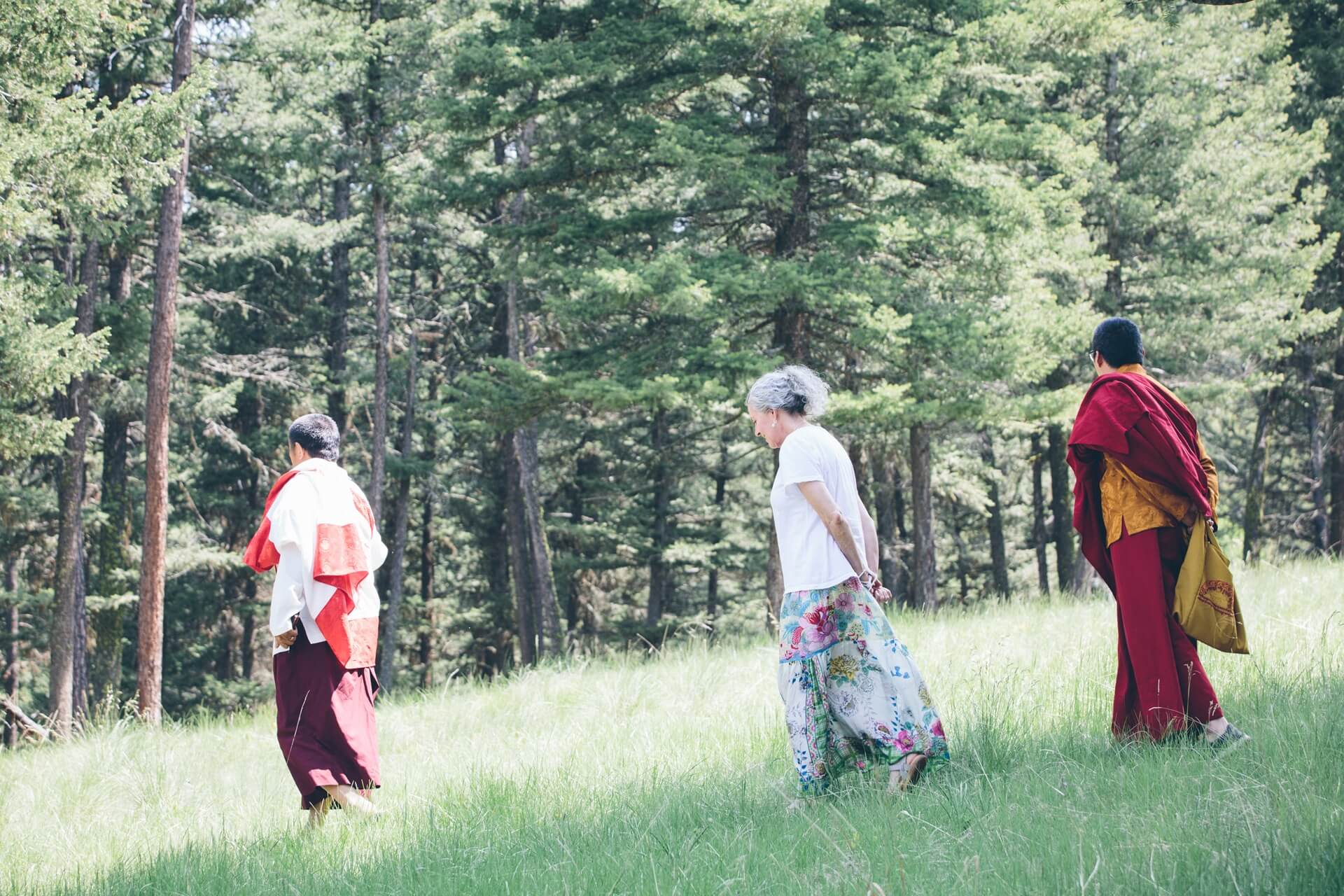
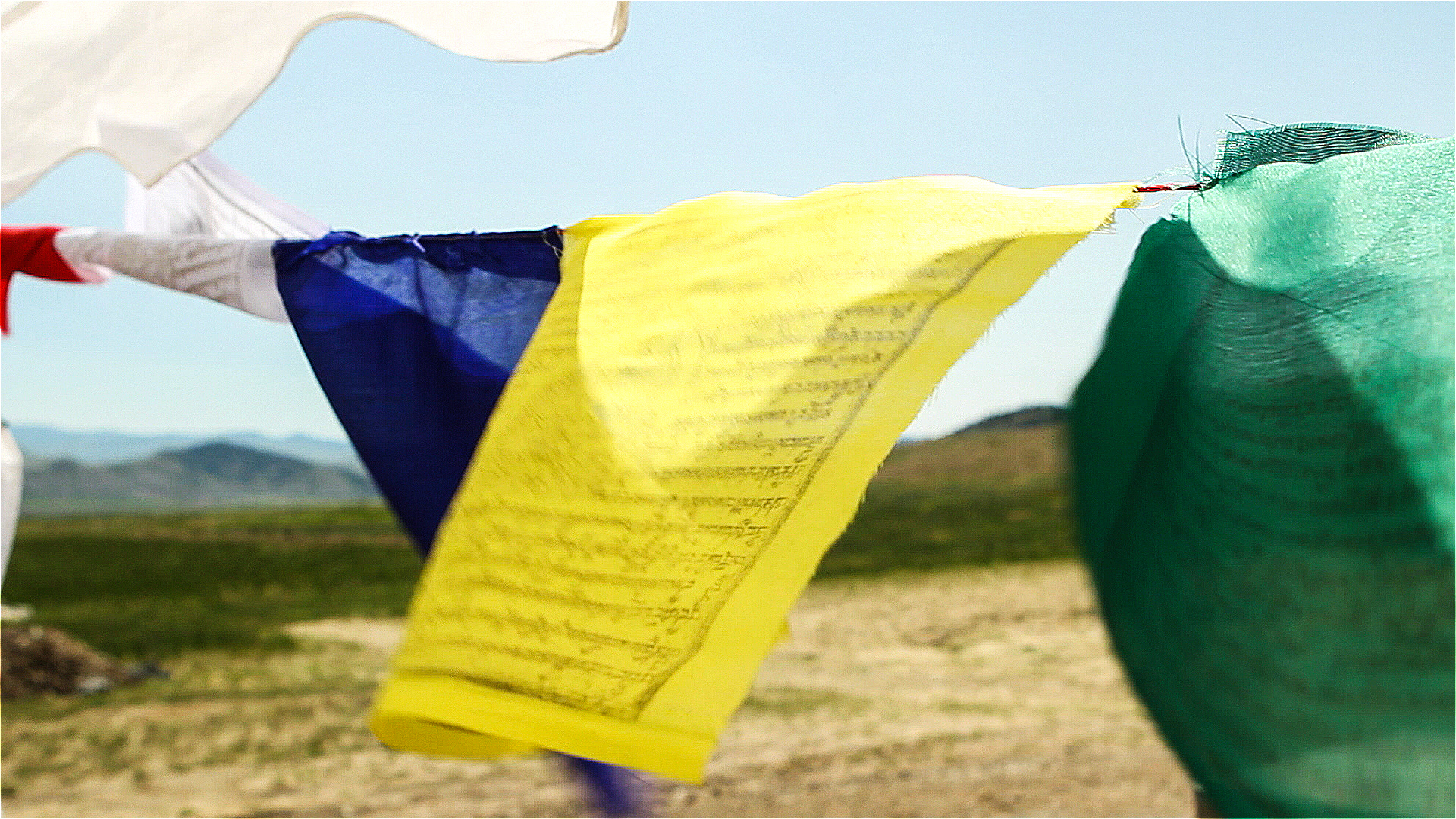
Clearing the Stale Energies Meditation
The foundational meditation practice of Clearing the Stale Energies or Lung Ro Sel in Tibetan, can be used for working with the subtle energies connected to the afflictive emotions – or the Three Poisons. The Three Poisons can fall under one of these three categories; Desire, Aggression, and Ignorance.
Begin learning this practice by using the link below to watch a video tutorial sharing the proper steps for how to perform this meditation practice.
Round Robin Meditation Practice
Want to bring together all of the above practices into one session? Lama Tsomo shares her signature style in the Round Robin format. These practices incorporate a variety of meditation practices into one session, so you can experience the full range of benefits.
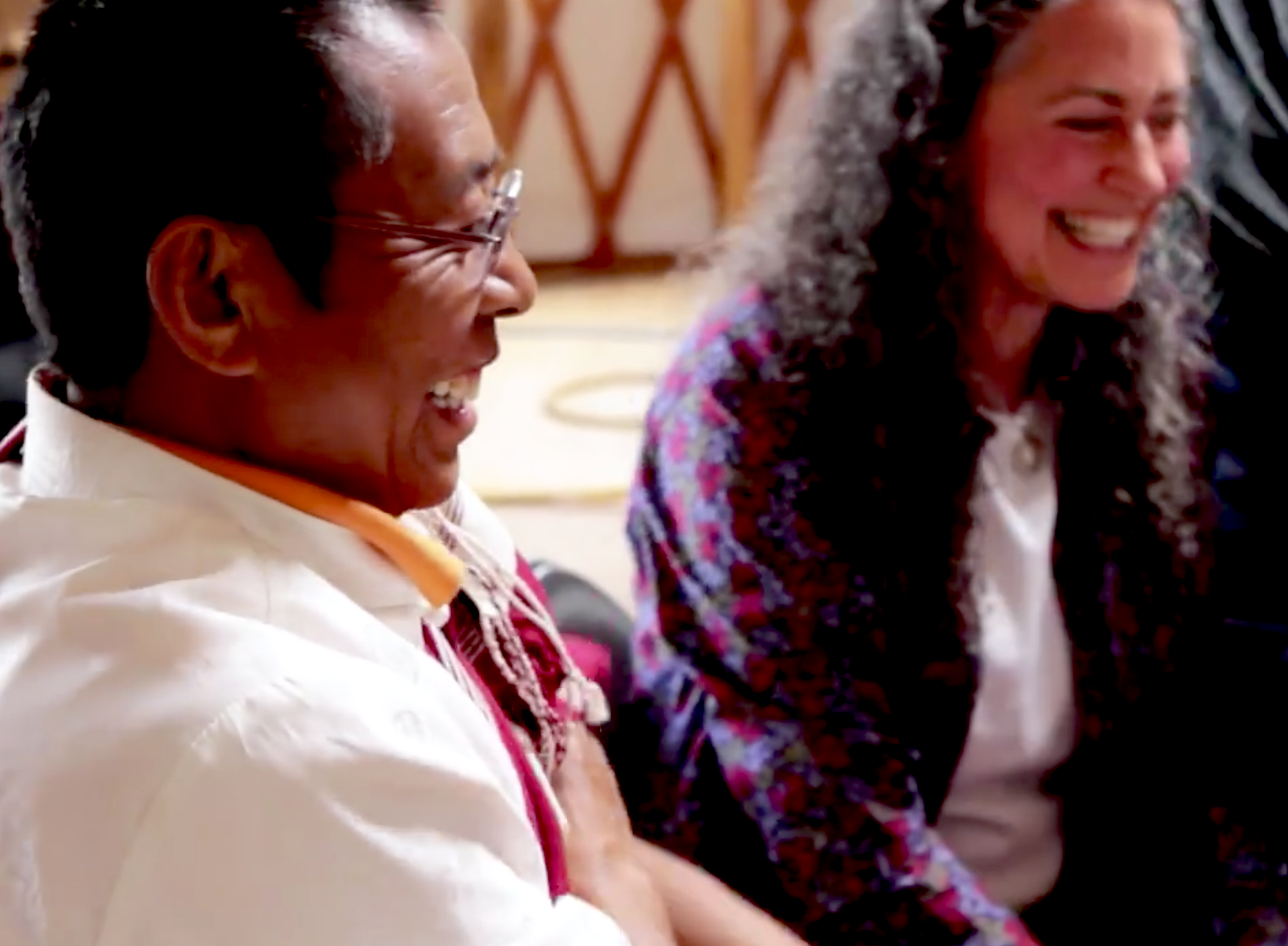
Ready for More?
If you’re looking for a comprehensive guide to getting started with meditation, try the Always Smiling eCourses. The eCourses will introduce you to three of the four foundational practices here through written teachings, video guided meditation, and journaling exercises. Best of all, it’s free!
What kind of guided meditation are you looking for?
We’d love to hear from you! Let us know what kind of guided meditations you want more of below.
Give it a try
If you’re new to meditation, these short guided options are a great introduction

Returning to the Cushion
Guided meditations for experienced meditators
